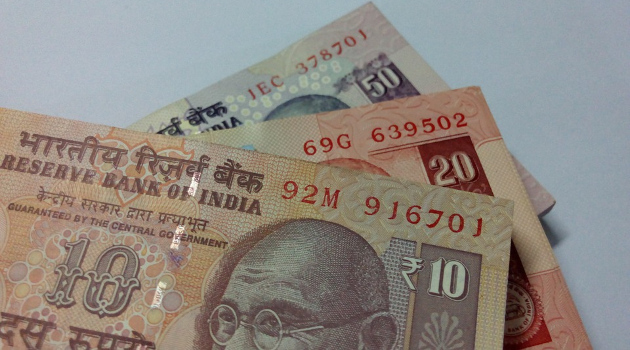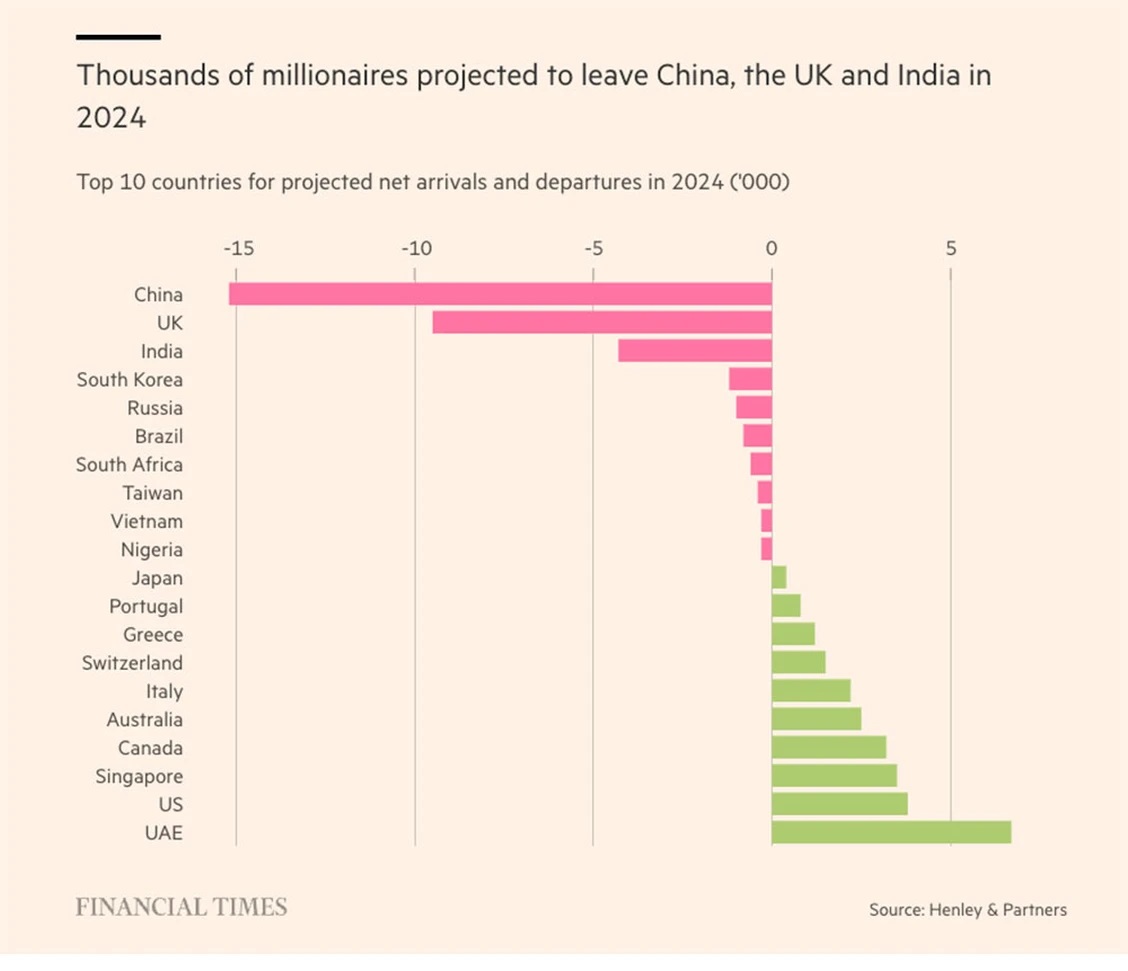If you want to rigorously assess a nation’s economic outlook, investigate how it is scored based on the dozens of variables included in Economic Freedom of the World and the Index of Economic Freedom. And also look at whether its overall score is trending in the right direction or wrong direction.
But if you want a shortcut method, simply look at whether successful people are trying to leave the country or trying to enter the country.
On that basis, it is difficult to be optimistic about India. It is one of the world’s worst countries, based on migration trends for millionaires.
Earlier this month, Sadanand Dhume wrote a column for the Wall Street Journal about this issue. Here are some excerpts.
For the past century, dating to the final decades of colonial rule, Indian politics and public discourse have been dominated by leftists quick to demonize wealth. Since the demise of the Swatantra Party in 1974 no Indian party has espoused economic liberalism. The economic reforms of the 1990s occurred because India was broke, not because its political class suddenly embraced free enterprise. Because nonpoor Indians have almost no ability to affect electoral outcomes, they have largely “seceded” from the public sphere… Many of those who can have left: According to Henley & Partners, a firm that helps the wealthy acquire foreign residency, 7,500 millionaires exited India in 2022. Even today, no Indian politician can bring himself to lament that a tiny part of the population shoulders a disproportionate amount of the tax burden and receives few government services in return.
While I always like to condemn politicians, voters deserve a good chunk of the blame when looking at India.
Indeed, the behavior of Indian voters motivated me to create my 17th Theorem of Government.
To understand this point, here are some excerpts from a 2019 column in the New York Times by Ruchir Sharma.
Like many global investors, I am leery of big government. …this view…came to me growing up in India, watching lives ruined by the broken state… When I was an idealistic 20-something in the late 1990s, my hope was that India would one day elect a free-market reformer like Ronald Reagan, who would begin to shrink the dysfunctional bureaucracy and free the economy to grow faster. Looking back, I see how clueless I was. In Delhi every politician is wedded to big government, and there is no constituency for free-market reform. I kept hoping for Reagan, and India kept electing Bernie Sanders. Prime Minister Narendra Modi is no exception. …India’s political DNA is fundamentally socialist. …every Indian party is on the left, by Western standards. The Congress traces its economic ideology to socialist thinkers, but the B.J.P.’s thinking is grounded in Swadeshi, a left-wing economic nationalism.
This is very depressing, but it confirms what I felt as a result of my 2018 visit. I gave a few speeches and met with lots of people and I was left with the feeling that almost nobody wants free markets.
No wonder the country is a mess.
P.S. The Indian government made a few decent reforms in the 1990s, though only under duress as noted by Mr. Dhume.
P.P.S. India shows why the “war against cash” is a dumb idea.
P.P.P.S. India has a member in the Bureaucrat Hall of Fame.
P.P.P.P.S. One tiny sliver of good news is that there are a lot of private schools in India. But the bad news is that this is a result of dysfunction in government schools rather than because of school choice. Moreover, the government is trying to squash the private schools, presumably because they help expose the failure of the government schools.
———
Image credit: itkannan4u | Pixabay License.




